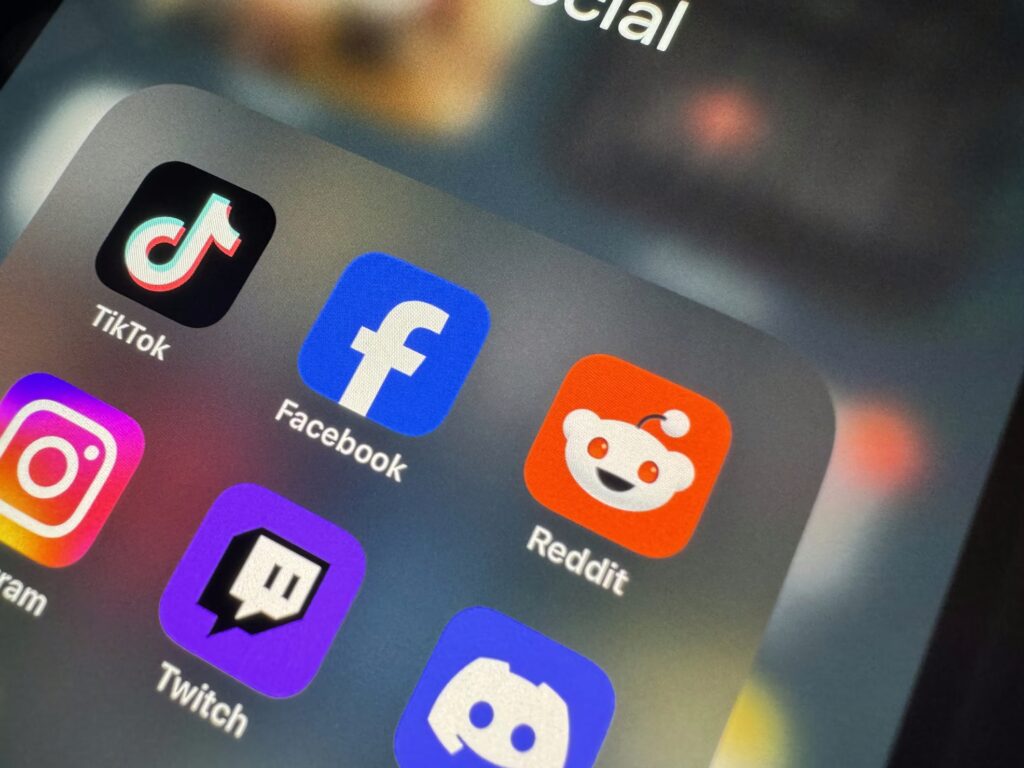In the 21st century, computer technology has become nearly mandatory for everyday life. Businesses, industries and even household appliances are increasingly relying on digital technology. The educational sector has also significantly benefited from the digital revolution. However, the digital divide in education limits technology’s reach and impact on the entire United States.
Devices such as tablets and smartphones have made it easier for people to take their educational materials wherever they go. In addition, Students can take courses entirely online or using a mixed curriculum. These have become especially prominent after the COVID-19 pandemic took place.
What is the Digital Divide?
The digital divide refers to the number of people who have limited or no access to digital technology as opposed to those who do. While it might be hard to believe in today’s world, studies show that one in every five households in the U.S. does not use the Internet or any form of digital technology.
The reasons for this are numerous — many abstain from using digital technology for personal, political or religious reasons. However, the biggest reason is that many households cannot afford digital tools.
As digital technology becomes more in demand, many digital tools have become too expensive for many households. This is especially true in recent years — as the shortage of components and materials has resulted in highly inflated prices.
In addition, the amount of computer technology and internet tools households have access to can be limited by their location. Cities and other highly populated areas have greater access to advanced technology — whereas rural and low-population regions have less access.
The Digital Divide’s Effects on Education
The availability of technology can significantly inhibit the level of education these communities can receive. Schools and other educational institutions use computer technology to access more current information and educational materials.
In addition, modern schools incorporate digital elements into their curriculums to better engage students. Using computer technology can allow students and teachers to access shared resources and encourage greater collaboration.
Because computer technology has become so crucial to modern education, areas with little or no access to this technology will lag severely in the educational sector. The digital divide in education can separate the haves from the have-nots.
Even simple tools like student productivity apps, which are easily accessible for those with access to technology and can completely transform a child’s education, are unavailable for those behind the digital divide. Small differences like this can continue to exacerbate the gaps.
While books are still a reliable way to educate students, the costs of manufacturing textbooks have significantly increased. Students and educators are forced to pay more for these educational materials, with those from more impoverished backgrounds needing help to obtain them.
eLearning and the Digital Divide
The aspect of education that is most affected by the digital divide in education is eLearning. During the height of the COVID-19 pandemic, eLearning became the primary way for students to continue their education. Even now, after the worst of the pandemic has passed, eLearning continues to be utilized by many educational institutions.
Students who cannot attend classes regularly can use eLearning to continue their education without leaving their homes, ensuring they stay caught up in their studies. In addition, if another widespread emergency exists, schools can revert to eLearning curriculums to remain in operation.
The 21st century has also seen many adults returning to school to receive higher education. Most of these students must pay for their own classes, juggling their work, school and private lives.
Whereas traditional institutions may require you to relocate or commute to pursue your education, online schools allow you to attend and complete courses all the way up to graduation. This can make it easier for working students to balance working and studying — which can increase the value of the education they receive.
Of course, online schooling and eLearning are only possible using computer technology. Access to the Internet or reliable computers is necessary for the quality of education one can receive. Students who cannot attend classes regularly might fall so far behind they would have to drop out of school.
In addition, in the event of another worldwide emergency, students would not be able to continue attending classes. School administrators might extend the school year to make up the time, forcing students to attend longer school days with no break.
Access to online schools would not be possible or highly limited. Adults looking to further their education need to look for a school nearby where they live. Otherwise, they will have to relocate — potentially costing them time and money.
How to Bridge the Digital Divide
Because digital technology has become so crucial to today’s educational sector, it is essential to make it more accessible to everyone. There have been many studies and attempts to bridge the digital divide in education throughout the years. However, as different parts of the country have different needs, there is no one solution to accomplishing this.
The Federal Communications Commission, also known as the FCC, set the standards for broadband service back in 2015. These include requiring a download speed of 25 Mbps with 3 Mbps for uploads. However, most experts say these standards must be updated in the post-COVID age.
These experts also state that the download and upload speeds need to be the same or close in value better to stabilize the growing needs of the digital age moving forward. In response, the U.S. government is trying to raise the standards to 200 Mbps for both download and upload speeds.
To this end, the government has enacted the Infrastructure Investment and Jobs Act. This act approves $65 billion dollars in funding for internet service providers to build the infrastructure needed for broadband internet to reach rural and low-population areas.
In addition, the Office of Educational Technology has been making strides to provide education technology to impoverished communities nationwide. They are achieving this by formulating strategies to address the three most common barriers that limit access to this technology — availability, affordability, and adoption.
The Digital Divide Must be Eliminated
Although these efforts have done much to bridge the digital divide in education, the U.S. still has more work to ensure everyone can access the best education this country offers. Computer technology will only become more essential in the future — thus, the more people have access to computer technology, the greater education they can receive.
Recent Stories
Follow Us On
Get the latest tech stories and news in seconds!
Sign up for our newsletter below to receive updates about technology trends




